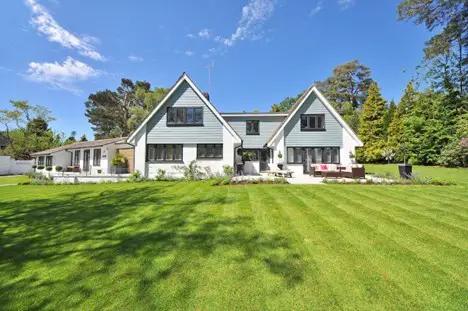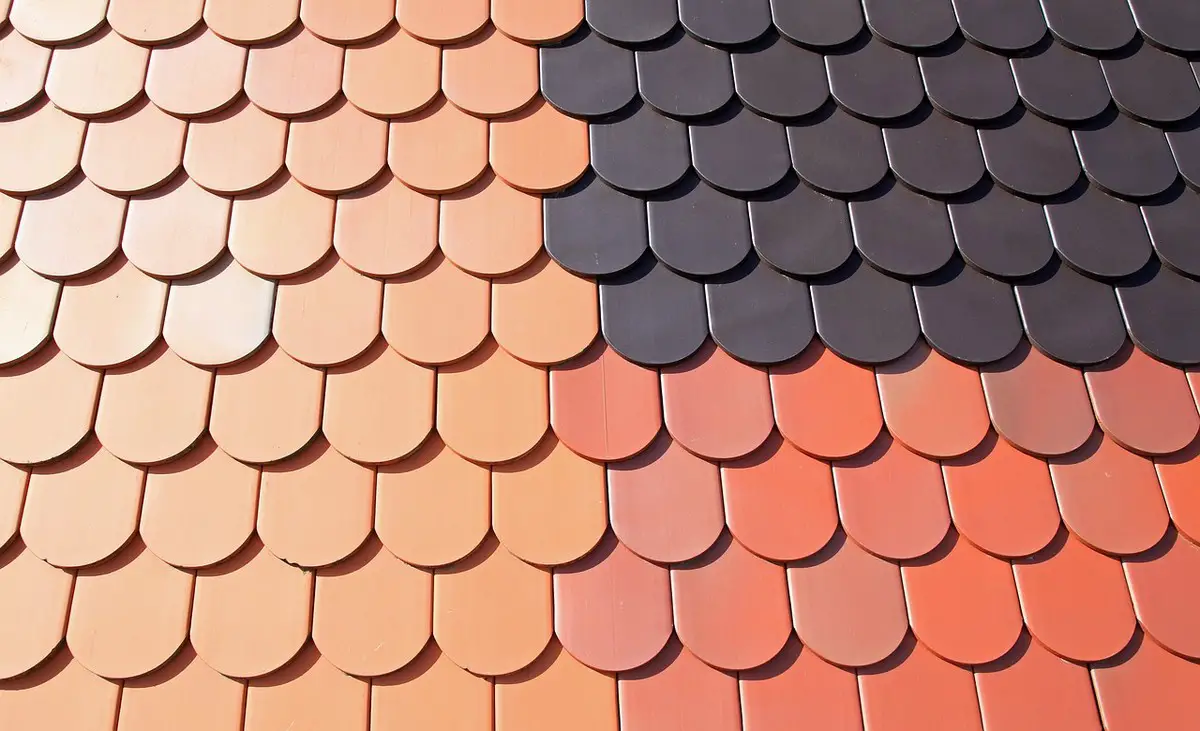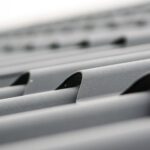The future of roofing, Exploring self-drying non-vented hot roofs, Property roof contractor, Building home maintenance
The Future of Roofing: Exploring Self-Drying Non-Vented Hot Roofs
25 October 2023
In the ever-evolving world of construction and technology, the roofing industry has experienced a significant transformation. Traditionally, roof ventilation has been a cornerstone of roofing systems, designed to regulate temperature and moisture levels within structures.
However, a groundbreaking innovation is shaking the foundations of this age-old practice – self-drying non-vented hot roofs. This article will delve into the world of these revolutionary roofing systems, shedding light on how they function and the multitude of advantages they offer when compared to conventional vented roofs. To truly grasp the future of roofing, it’s essential to learn more about the cutting-edge technology of self-drying non-vented hot roofs.
Understanding Roof Ventilation: The Old Symphony
For decades, the orchestration of roof ventilation has been a standard practice in the roofing industry. The primary objective of roof ventilation systems is to maintain control over temperature and moisture levels within attic spaces. Vented roofs, a prevailing architectural convention, rely on a delicate interplay of intake and exhaust vents to facilitate the circulation of air. This airflow aims to stabilize the conditions in the attic, providing a harmonious equilibrium between indoor and outdoor environments.
While this classic approach has proven effective in numerous scenarios, it is not without its limitations and drawbacks. Traditional vented roofs rely heavily on the prevailing climate, adapting their performance to address temperature and moisture challenges specific to various regions. However, this reliance on external factors can lead to inefficiencies in areas with extreme temperature fluctuations.
Additionally, vented roofs can often result in energy inefficiencies. In colder climates, heated indoor air may escape through the vents, causing unwarranted heat loss and an increased demand for heating systems. Conversely, in warmer regions, hot air can infiltrate the attic, forcing cooling systems to work harder to maintain a comfortable indoor temperature. The result is frequently elevated utility bills, a consequence of the poor energy efficiency associated with traditional vented roofs.
The Symphony of Self-Drying Non-Vented Hot Roofs
In response to the shortcomings of traditional vented roofs, self-drying non-vented hot roofs are emerging as a revolutionary solution. These innovative roofing systems are designed to create a tight and impeccably insulated barrier between the attic and living spaces. The absence of vents characterizes them, negating the need for ventilation systems that have been the norm for decades.
But how do self-drying non-vented hot roofs work, and what advantages do they bring to the table?
These innovative roofs create an airtight and well-insulated boundary that ensures no air can escape or infiltrate the attic space. The precise engineering and choice of advanced insulation materials create a thermal barrier that effectively maintains attic temperatures in sync with the indoor climate. By ensuring a constant attic temperature, these roofs eliminate the risk of ice damming in colder regions and prevent attic overheating in warmer areas.
Energy Efficiency and Sustainability: The Green Notes
One of the most resounding advantages of self-drying non-vented hot roofs is their superior energy efficiency. Unlike traditional vented roofs, they minimize energy wastage by maintaining stable attic temperatures. In colder climates, the elimination of heat loss through the attic translates to reduced heating demands, leading to a decrease in energy consumption. In warmer regions, the absence of hot air infiltration ensures that air conditioning systems operate more efficiently. These energy-efficient characteristics result in lower utility bills, making homeowners and businesses more budget-friendly.
Beyond immediate cost savings, these innovative roofing systems contribute to sustainability. The reduction in energy consumption results in lower greenhouse gas emissions and a smaller carbon footprint. This aligns with the global commitment to environmental responsibility and reduces the ecological impact of energy-inefficient buildings.
Installation and Maintenance: The Practical Performance
While the installation of self-drying non-vented hot roofs requires meticulous planning and expertise, the long-term benefits make the initial investment worthwhile. Specialized insulation materials and construction techniques are crucial to achieve the airtight and well-insulated construction that characterizes these roofing systems. It is imperative to engage with experienced roofing professionals who are well-versed in the installation of self-drying non-vented hot roofs.
Maintenance requirements for these roofs are minimal once installed. The absence of vents negates the need for ongoing ventilation maintenance. Homeowners and businesses can enjoy the advantages of energy efficiency and stable attic temperatures without the hassle of constant upkeep.
In terms of durability and longevity, self-drying non-vented hot roofs are built to last. Their airtight and well-insulated construction ensures that they can withstand the elements, providing consistent performance over the long term.
Challenges and Considerations: The Uncharted Territories
Despite the numerous advantages of self-drying non-vented hot roofs, it’s essential to consider potential drawbacks and challenges. These may include the initial cost of installation, which can be higher due to the specialized materials and techniques required. Additionally, the applicability of self-drying non-vented hot roofs may vary depending on climate zones, so it’s important to consult with roofing professionals who understand the specific needs of your region.
Regulations and building codes are another consideration. Building regulations may need to be updated to accommodate this innovative roofing technology. It’s crucial to work with professionals who are knowledgeable about local codes and can ensure compliance.
The Future Outlook: A Symphony in the Making
The future of roofing is here, and it’s in the form of self-drying non-vented hot roofs. As more homeowners and businesses experience the benefits of energy efficiency, cost savings, and sustainability, the adoption of these roofing systems is expected to grow. With ongoing advancements in construction materials and techniques, self-drying non-vented hot roofs will likely become a standard choice for those looking to improve their roofing systems.
As the roofing industry evolves, research and development will play a crucial role in refining and enhancing self-drying non-vented hot roofs. The future may bring even more efficient and sustainable roofing solutions, further contributing to the well-being of homeowners and the environment.
Exploring self drying non vented hot roofs Conclusion
Conclusion: A Standing Ovation for Self-Drying Non-Vented Hot Roofs
Self-drying non-vented hot roofs have ushered in a new era in the roofing industry. These roofing systems offer unparalleled energy efficiency, sustainability, and long-term cost savings. By eliminating the need for traditional roof ventilation, they create stable attic temperatures, improving the overall comfort of homes and businesses.
To stay ahead in the roofing game and benefit from the advantages of self-drying non-vented hot roofs, it’s essential to learn more about this innovative technology. By consulting with experienced professionals and considering your specific climate and building needs, you can make an informed decision that will benefit your property and the environment. The future of roofing is bright, efficient, and sustainable, thanks to self-drying non-vented hot roofs.
Comments on this guide to Exploring Self-Drying Non-Vented Hot Roofs article are welcome.
Roofing Articles
Roofing Posts
Insulation Options for Your Roof

image source : pexels.com
How to make your roofing company a success
Eco Architecture
Contemporary Green Architecture Design
Comments / photos for the Exploring Self Drying Non Vented Hot Roofs page welcome




